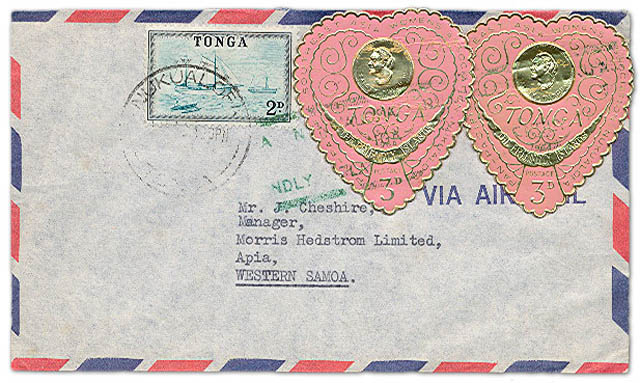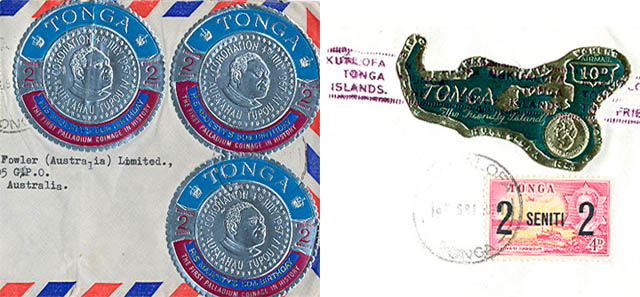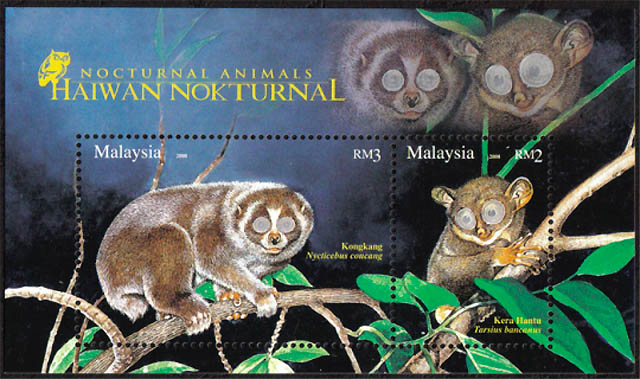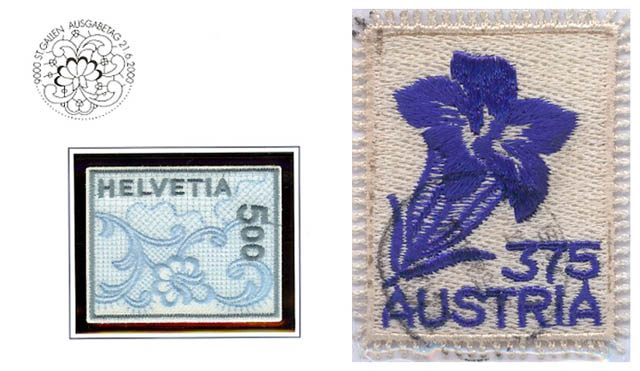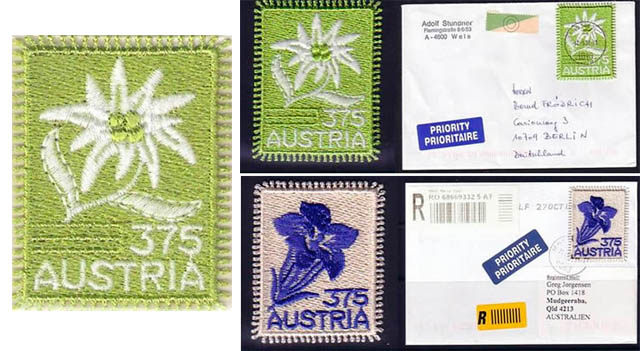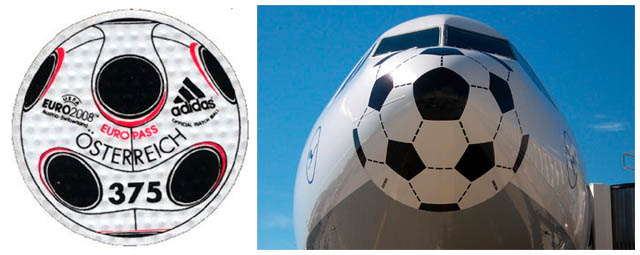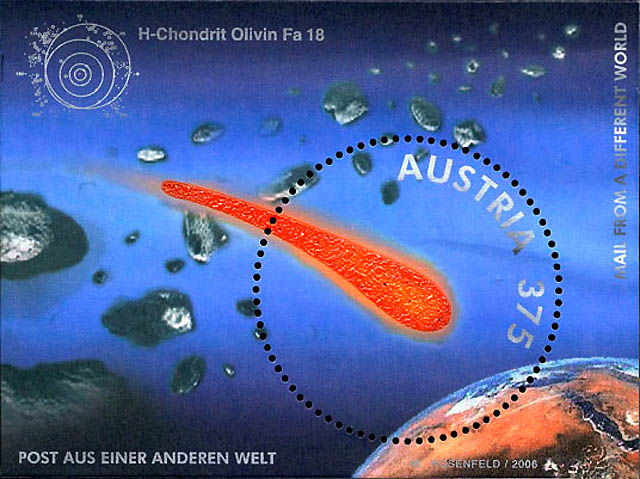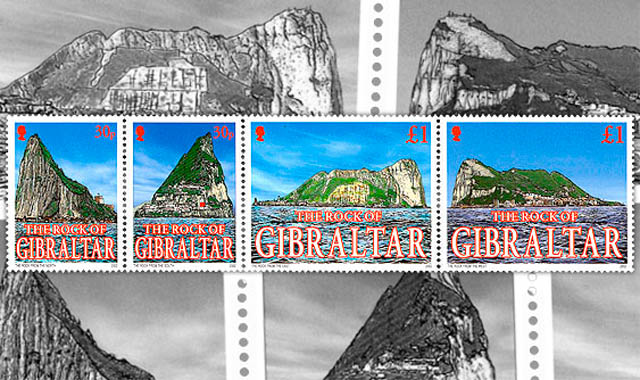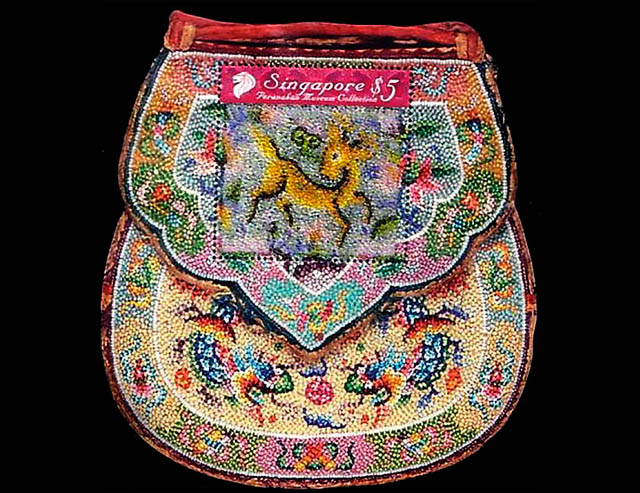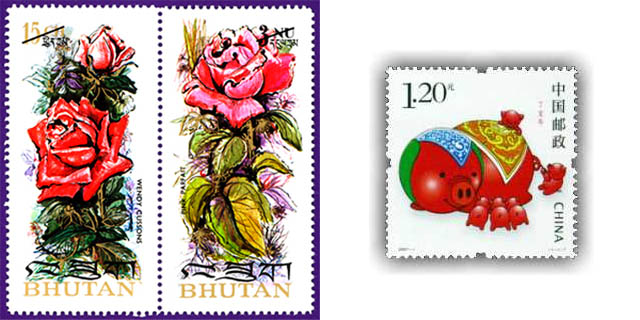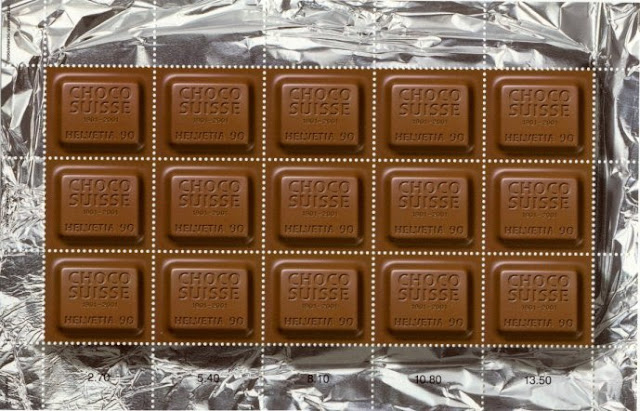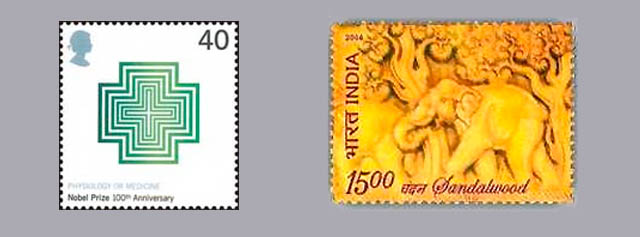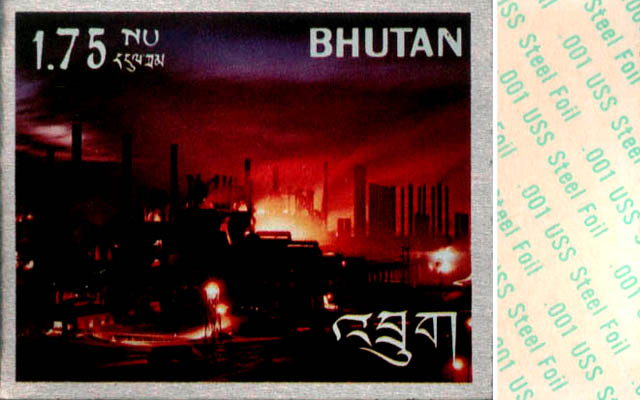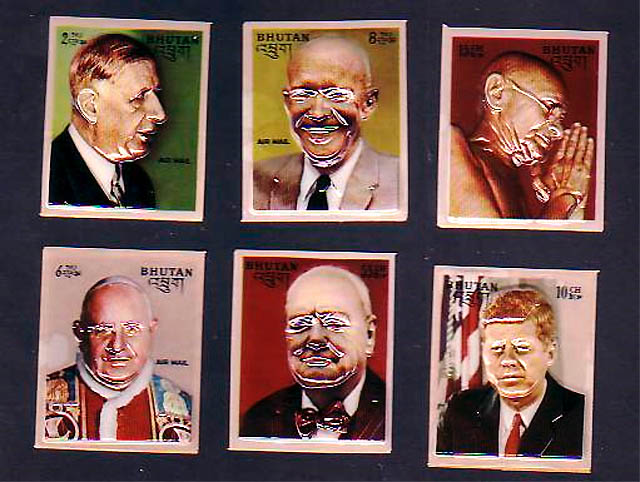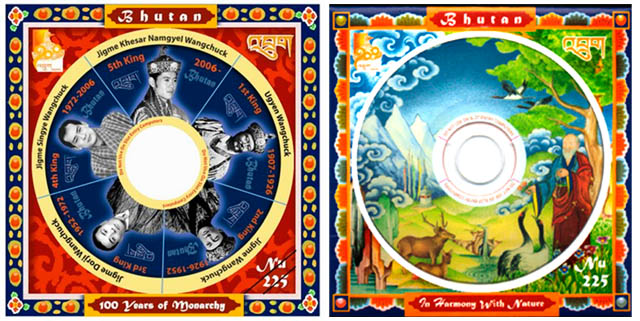Stick to a schedule.
Erratic bedtimes do not allow for your body to align to the proper circadian rhythms. Mum was right when she set a time we always had to go to sleep as kids. Also, make sure you try to keep the same schedule on weekends too, otherwise the next morning, you’d wake later and feel overly tired.
Sleep only at night.
Avoid daytime sleep if possible. Daytime naps steal hours from nighttime slumber. Limit daytime sleep to 20-minute, power naps.
Exercise.
It’s actually known to help you sleep better. Your body uses the sleep period to recover its muscles and joints that have been exercised. Twenty to thirty minutes of exercise every day can help you sleep, but be sure to exercise in the morning or afternoon. Exercise stimulates the body and aerobic activity before bedtime may make falling asleep more difficult.
Taking a hot shower or bath
Taking a hot shower or bath before bed helps bring on sleep because they can relax tense muscles.
Avoid eating just before bed.
Avoid eat large meals or spicy foods before bedtime. Give yourself at least 2 hours from when you eat to when you sleep. This allows for digestion to happen (or at least start) well before you go to sleep so your body can rest well during the night, rather than churning away your food.
Avoid caffeine. It keeps you awake and that’s now what you want for a good nights sleep. We all know that.
Read a fiction book.
It takes you to a whole new world if you really get into it. And then take some time to ponder over the book as you fall asleep. I find as I read more and more, regardless of the book, I get more tired at night and so find it easier to fall asleep. Different for others?
Have the room slightly cooler.
I prefer this to a hot room. I prefer to turn off the heat and allow the coolness to circulate in and out of the windows. If I get cold, I wear warmer clothes. It also saves on the bills as you’re not going to require the heat all night long.
Sleep in silence.
I find sleeping with no music or TV on more easy and restful. I guess others are different, but sleep with no distractions is best for a clearer mind.
It’s actually known to help you sleep better. Your body uses the sleep period to recover its muscles and joints that have been exercised. Twenty to thirty minutes of exercise every day can help you sleep, but be sure to exercise in the morning or afternoon. Exercise stimulates the body and aerobic activity before bedtime may make falling asleep more difficult.
Taking a hot shower or bath
Taking a hot shower or bath before bed helps bring on sleep because they can relax tense muscles.
Avoid eating just before bed.
Avoid eat large meals or spicy foods before bedtime. Give yourself at least 2 hours from when you eat to when you sleep. This allows for digestion to happen (or at least start) well before you go to sleep so your body can rest well during the night, rather than churning away your food.
Avoid caffeine. It keeps you awake and that’s now what you want for a good nights sleep. We all know that.
Read a fiction book.
It takes you to a whole new world if you really get into it. And then take some time to ponder over the book as you fall asleep. I find as I read more and more, regardless of the book, I get more tired at night and so find it easier to fall asleep. Different for others?
Have the room slightly cooler.
I prefer this to a hot room. I prefer to turn off the heat and allow the coolness to circulate in and out of the windows. If I get cold, I wear warmer clothes. It also saves on the bills as you’re not going to require the heat all night long.
Sleep in silence.
I find sleeping with no music or TV on more easy and restful. I guess others are different, but sleep with no distractions is best for a clearer mind.
Avoid alcohol before bedtime.
It’s a depressant; although it may make it easier to fall asleep, it causes you to wake up during the night. As alcohol is digested your body goes into withdrawal from the alcohol, causing nighttime awakenings and often nightmares for some people.

